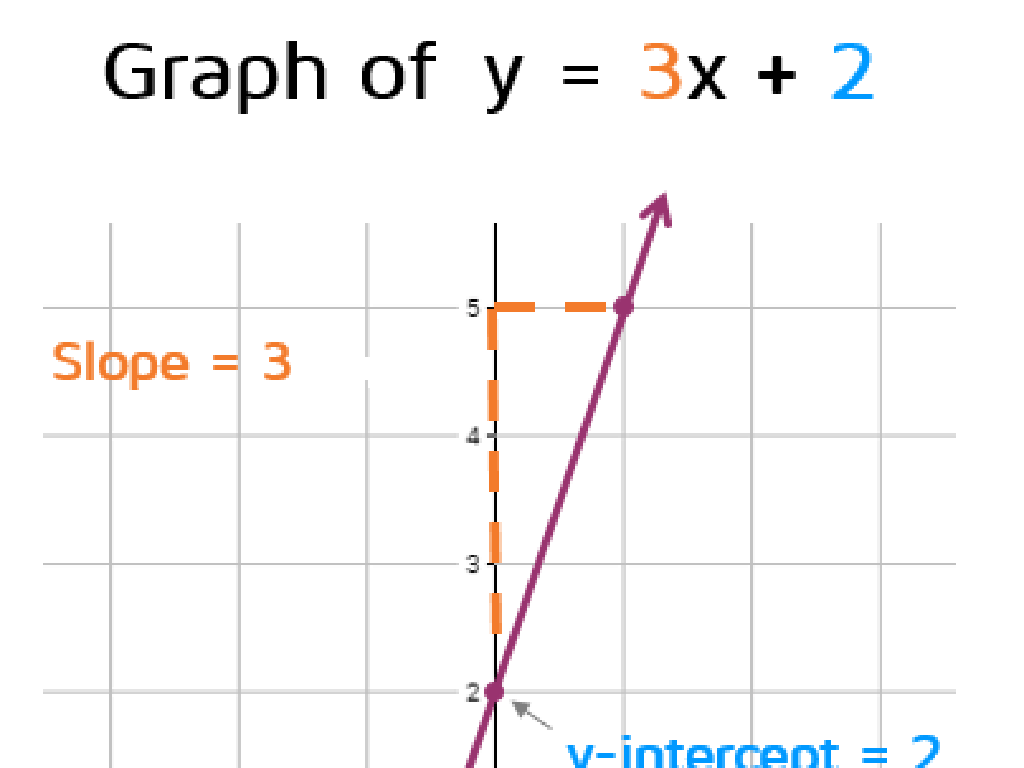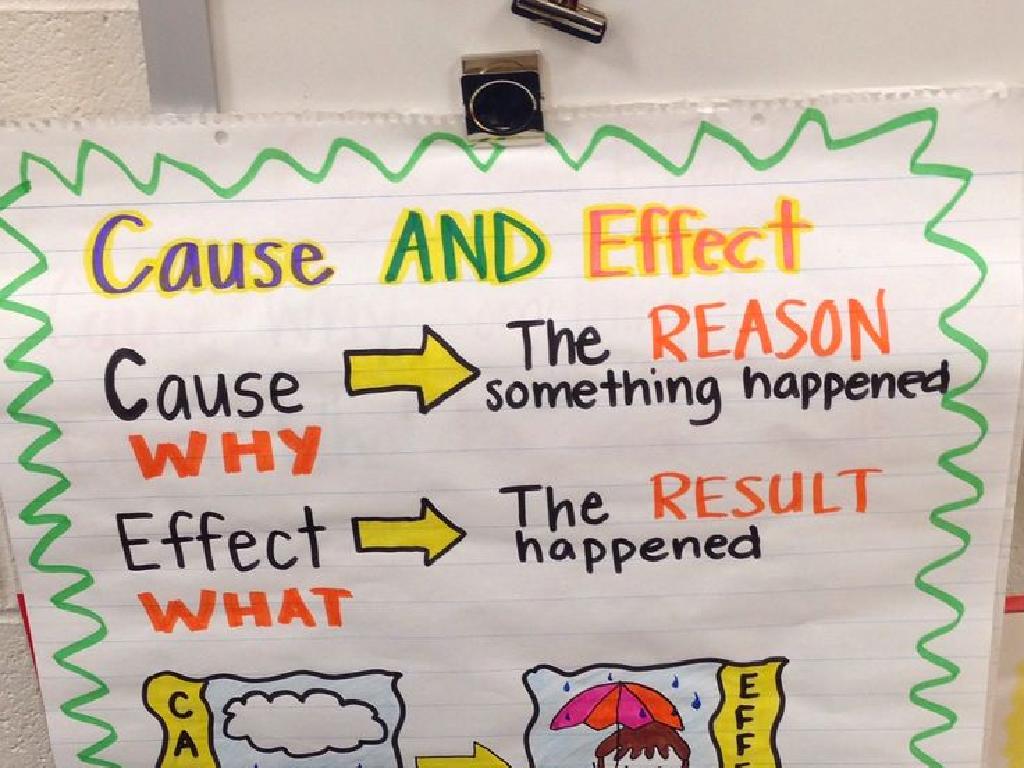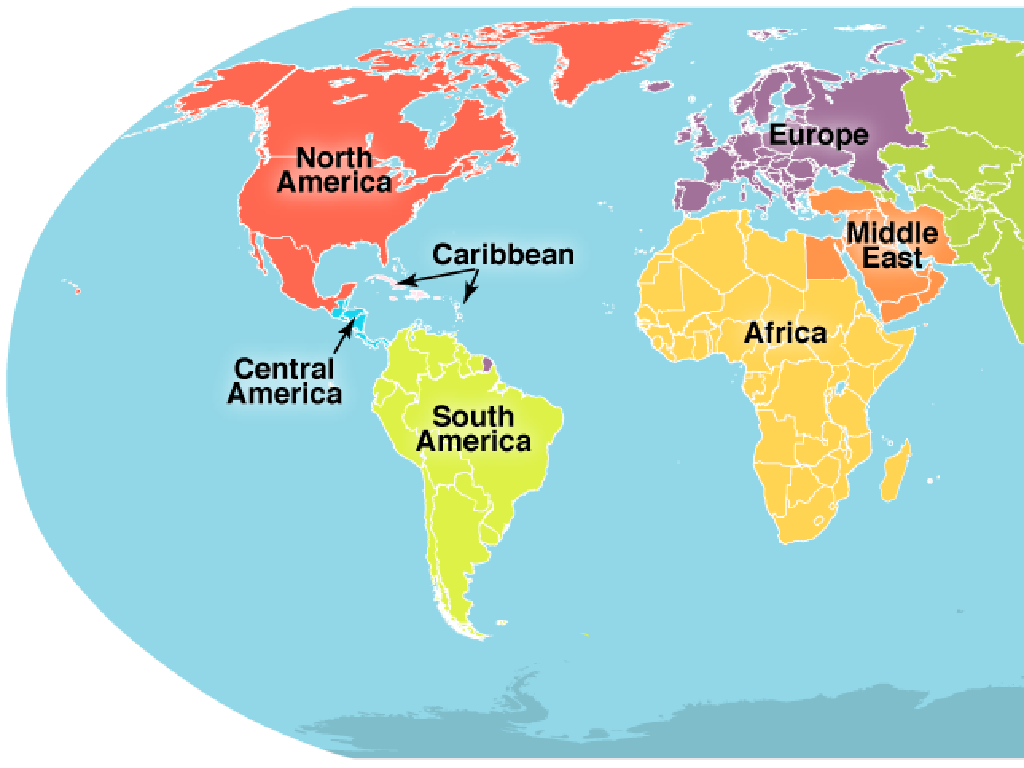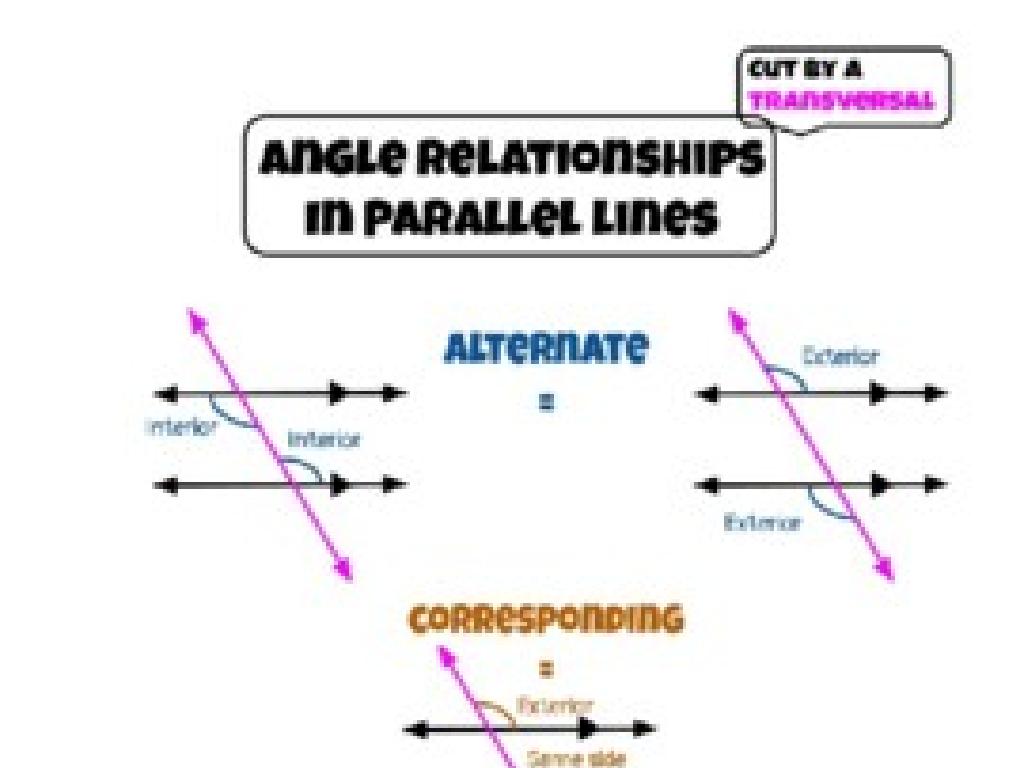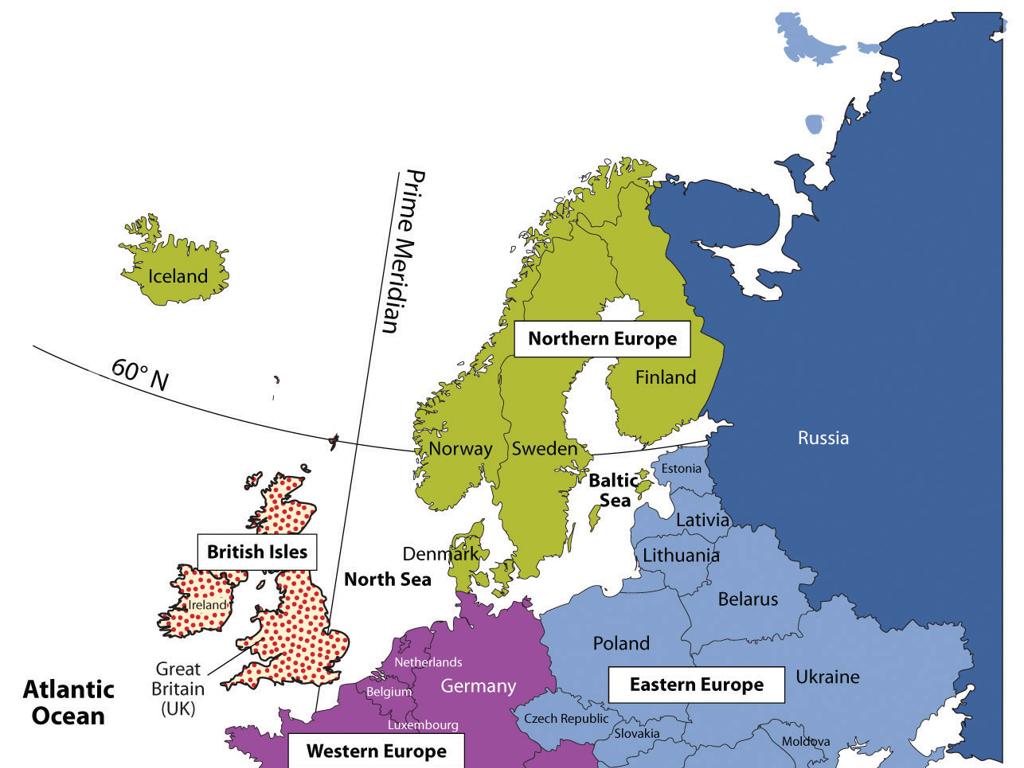Unit Prices With Fractions And Decimals
Subject: Math
Grade: Sixth grade
Topic: Consumer Math
Please LOG IN to download the presentation. Access is available to registered users only.
View More Content
Understanding Unit Prices
– What are unit prices?
– Price per single unit of an item, like $/pound or $/liter
– Importance of calculating unit prices
– Helps compare costs and find better deals
– Real-world examples of unit prices
– Grocery shopping: comparing cost of different brands of cereal per ounce
– Practice calculating unit prices
– Use fractions and decimals to determine the price per unit of various items
|
This slide introduces the concept of unit prices, which is a crucial part of consumer math. Unit prices help us determine the cost of a single unit of any product, allowing for an apples-to-apples comparison regardless of package size or quantity. Emphasize the importance of this skill in everyday life, such as grocery shopping, where students can save money by finding the best deals. Provide real-world examples and encourage students to practice with actual items or scenarios they might encounter. This will help them understand the practicality and necessity of calculating unit prices in making informed and economical choices.
Understanding Unit Prices
– Define Unit Price
– Price per single unit of measure, like $/pound
– Calculating Unit Price
– Divide total price by quantity to find unit price
– Unit Price in Shopping
– Compare prices of bulk vs. single items to save money
– Practice with Examples
– Calculate unit prices of items from a grocery receipt
|
This slide introduces the concept of unit price, which is a crucial skill for making informed consumer decisions. Start by defining unit price as the cost per unit of measure, which allows for comparison between different sized items. Demonstrate how to calculate unit price by dividing the total cost by the number of units. Use everyday examples, such as comparing the cost of different brands of the same product or different sizes of the same item. Encourage students to practice by looking at unit prices during their next shopping trip or by examining a grocery receipt to calculate the unit prices of items purchased. This practical application helps students understand the value of math in everyday life.
Unit Prices with Whole Numbers
– Calculate unit prices with whole numbers
– Divide total price by number of items to find unit price
– Example: Water bottle pack unit price
– If a 12-pack of water costs $4, unit price is $4/12 per bottle
– Class Practice: Calculate unit prices
– We’ll work through examples together in class, bring a calculator!
|
This slide introduces the concept of unit pricing in a consumer math context, which is essential for making informed purchasing decisions. Start by explaining that unit price is the cost per single item when items are sold in a pack. Use the example of a water bottle pack to show how to divide the total price by the number of bottles to find the price per bottle. During class practice, provide various examples of items sold in bulk and guide students to calculate the unit prices. Encourage them to use calculators and to think about how unit prices can help compare the cost-effectiveness of different products. This activity will help reinforce their understanding of division with whole numbers in a practical, real-world application.
Unit Prices with Fractions
– Understanding fractions in pricing
– Fractions show part of a whole, like 1/2 lb of cheese.
– Converting fractions to unit prices
– Divide total price by quantity to find price per unit.
– Example: Half-pound cheese price
– If half-pound costs $4, unit price is $8 per pound.
– Practice with different fractions
|
This slide introduces students to the concept of unit pricing in the context of consumer math, with a focus on understanding how fractions are used in pricing items. Students will learn how to convert fractions into unit prices by dividing the total price by the quantity to find the cost per single unit. For example, if a half-pound of cheese costs $4, the unit price is $8 per pound. Encourage students to practice with different fractions to become comfortable with the concept. Provide additional examples such as a quarter-gallon of milk or three-quarters of a pound of grapes and ask students to calculate the unit prices. This will help them understand how to make informed decisions as consumers using math skills.
Calculating Precise Unit Prices with Decimals
– Understanding decimals in pricing
– Decimals allow for exact pricing, like $3.49 per pound.
– Calculating precise unit prices
– Divide total cost by quantity to find unit price, e.g., $10.00 for 4 lbs is $2.50/lb.
– Example: Gasoline per gallon
– If gas is $3.59 per gallon, what’s the cost for 10 gallons?
– Comparing unit prices
– Use decimals to determine which product offers the best value for money.
|
This slide introduces students to the concept of using decimals in unit pricing, which is a more accurate way to determine the cost of items sold in quantities. It’s crucial for students to grasp how decimals play a role in everyday purchasing decisions. Provide an example with gasoline prices, as it’s a relatable topic and involves clear decimal usage. Encourage students to practice by calculating unit prices of various items and comparing them to determine the best buy. This will enhance their understanding of consumer math and the importance of precision in financial literacy.
Comparing Unit Prices
– Calculating unit prices
– Divide total price by number of units
– Comparing bulk vs. individual
– Bulk: $10 for 10 lbs, Individual: $1.25 for 1 lb
– Analyzing grocery flyer prices
– Use flyers to find unit prices of different items
– Class activity: Best deal hunt
|
This slide introduces the concept of unit pricing and how it can be used to determine the best deal when shopping. Start by explaining the calculation of unit prices by dividing the total price by the number of units. Provide an example comparing the cost of buying in bulk versus individual items, highlighting how unit prices can differ. For the class activity, students will use grocery flyers to find and compare unit prices of various items, applying their understanding of unit prices to determine which items offer the best value. The activity should include a variety of products and encourage students to work in groups, fostering discussion and collaboration. Provide guidance on how to approach the activity and ensure that each group has access to grocery flyers, either physical copies or digital ones.
Mastering Unit Prices: Tips & Tricks
– Round decimals for quick comparisons
– Approximate to the nearest cent to compare prices faster.
– Use unit prices for smart budgeting
– Calculate how much you’re spending per unit to stay within budget.
– Learn common unit price mistakes
– Double-check your math to avoid errors in unit price calculations.
– Practice with real-life examples
– Apply these tips when shopping to see how they work in action.
|
This slide aims to equip students with practical strategies for working with unit prices in everyday situations. Emphasize the importance of rounding decimals as a tool for making quick and efficient price comparisons. Discuss how understanding unit prices can lead to more informed budgeting decisions, allowing students to get the most value for their money. Highlight common pitfalls in calculating unit prices, such as not aligning units of measure or misplacing decimal points, and how to avoid them. Finally, encourage students to apply these tips during their next shopping trip as a hands-on way to reinforce their learning. Provide examples of items with different unit prices and ask students to determine which offers the best value.
Class Activity: Unit Price Scavenger Hunt
– Find labeled items with prices and quantities
– Calculate the unit prices
– Divide the total price by the quantity to find the unit price
– Share findings with the class
– Discuss best value items
– Compare unit prices to determine which item offers more for less money
|
This activity is designed to help students apply their knowledge of fractions and decimals in a practical consumer math setting. By finding items around the classroom with prices and quantities, students will practice calculating unit prices, which is the cost per unit of an item. They can work individually or in pairs to encourage collaboration. Once they have calculated the unit prices, students will share their findings with the class. This will lead to a discussion on value for money, helping students understand how to make cost-effective choices. Possible variations of the activity could include using grocery store flyers, creating a mock store in the classroom, or comparing branded vs. non-branded items.
Conclusion: Unit Prices in Everyday Life
– Recap: Unit prices with fractions and decimals
– Real-life application of unit prices
– Comparing costs of bulk items or measuring cost per use
– Open floor for questions
– Provide more examples as needed
– Example: Calculating cost per ounce in different size packages
|
As we conclude today’s lesson, remind students of the importance of understanding unit prices to make informed consumer decisions. Emphasize how unit prices with fractions and decimals are used in everyday situations, such as determining the best buy between different product sizes or brands. Encourage students to ask questions about anything they may not have fully understood during the lesson. Be prepared to provide additional examples to clarify any confusion, such as comparing the unit price of two different brands of the same product or calculating the cost per ounce when buying in bulk versus individual packages. This will help solidify their understanding and show the practical use of math in their daily lives.

